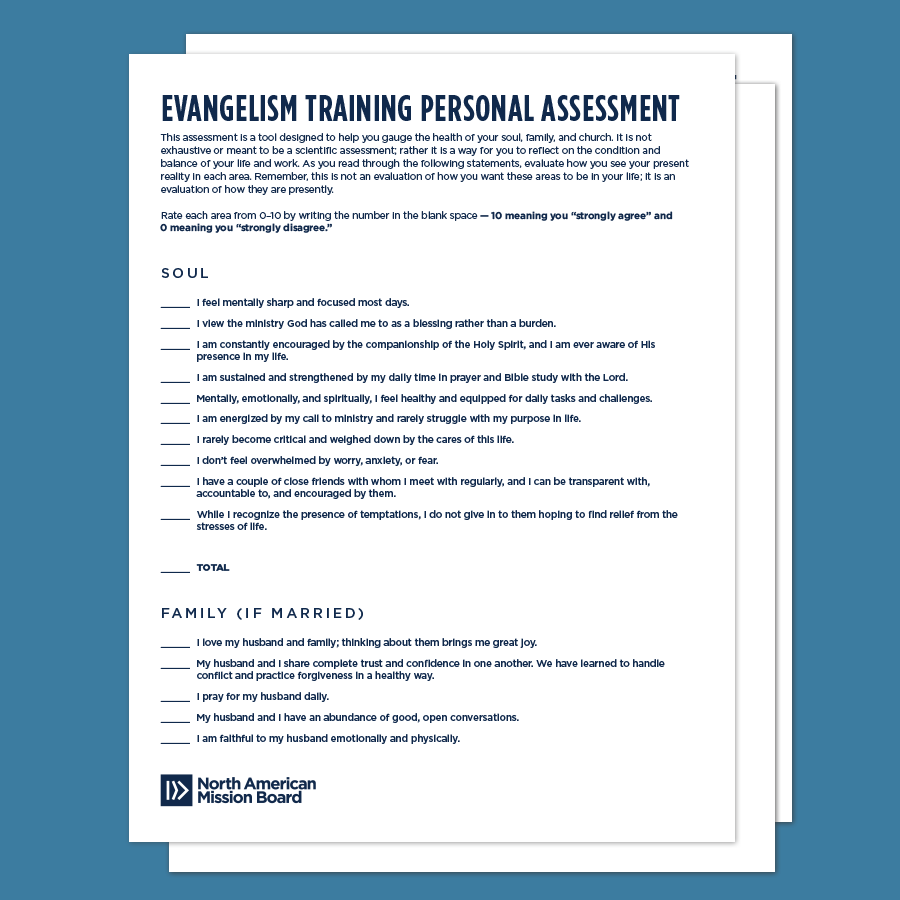By J.D. Greear
Among the lessons we’ve learned at our church, there are five necessary elements to create an evangelistic ethos in an individual Christian or in an entire church.
1. Intentionality and sensitivity to the Spirit
We don’t build the kingdom for God; we let God build it through us. That’s why the first command given to the apostles in Acts is to wait. Until the Spirit arrived, they could do nothing. Depending on the Holy Spirit is the only way to keep from being overwhelmed by the massive task of evangelism. God does not expect us to convert people; He invites us to walk with Him every day and be His instrument as He builds the Church. You perceive when a door is being opened through prayer. Therefore, pray continually, and listen as you pray.
2. Practical ways to get into the conversation
I read Jimmy Scroggins’ Turning Everyday Conversations into Gospel Conversations recently. It shows the many ways you can use conversation openers to move mundane conversations into spiritual territory. It’s important that we develop these kinds of transitions in a useful way, as opposed to cheesy, awkward, forced questions.
3. Model it
The best way to learn to share Christ is watching someone else. That’s how I learned. I watched my dad and other believers share the gospel. It’s often said discipleship is caught more than it is taught. Nowhere is that more true than in evangelism. If we aren’t leading the way in personal evangelism, calling others to join us along the way, we should not be surprised if our people aren’t doing it either.
4. An ability to share your story concisely.
Entrepreneurs have an “elevator speech” for their product. Even though they could talk for hours and hours about it, they force themselves to condense things down to a 45-second summary. We should have an “elevator speech” for our story, too—100 words or less that explain how Christ met our “felt” needs, which sets us up for a sharing of the actual gospel. (Your story of how Christ met your felt needs is not the actual gospel, just an intro to it.)
5. An ability to share the gospel concisely
We should be able to express the gospel in 100 words or less, too. Far from making our presentation insincere, this helps us to appreciate the gospel in fresh ways. Some of the classic presentations are the most useful: the bridge illustration (Jesus bridges the gap between us and God) and the do/done dichotomy (Religions are all about doing; the gospel is all about what Christ has done). The possibilities are pretty extensive. It matters much less which reliable illustration you use and much more that you have one to use.
J.D. Greear is president of the Southern Baptist Convention, pastor of The Summit Church and author of several books. This article is adapted from “An evangelism ethos,” and used by permission of Baptist Press. Learn more about J.D. Greear’s evangelism resources for SBC churches at GospelAboveAll.com.
Published February 7, 2019




